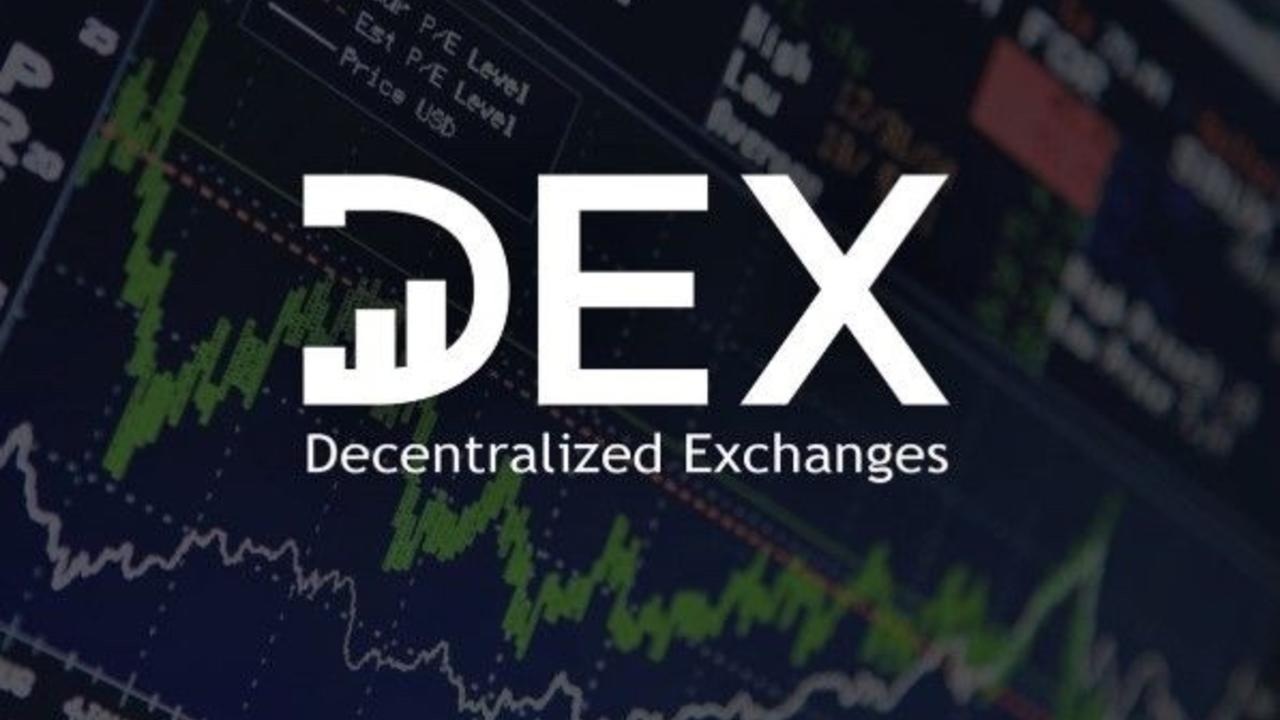Project X, a decentralized exchange (DEX) on the HyperEVM ecosystem, launched its points system to incentivize user participation and drive growth. The system rewards users for contributing to the ecosystem through activities like trading, providing liquidity, and referrals. One million points are distributed daily, with points serving as potential credentials for future token airdrops or ecosystem benefits, though specific airdrop rules (e.g., point-to-token exchange ratio or timing) remain unannounced.
Users can earn points by depositing assets into liquidity pools (kHYPE pool), trading on the DEX, or inviting friends. The updated user interface reflects point accumulation in real time. Project X, built by the team behind the successful Pacmoon project on the Blast chain, is 100% self-funded, emphasizing community-driven development but raising concerns about limited financial resilience in extreme market conditions.
The DEX’s total value locked (TVL) surpassed $40 million within three days of launch, reflecting strong early adoption. The points system, distributing one million points daily, encourages user engagement through trading, liquidity provision, and referrals. This gamification drives activity, as seen with the DEX’s TVL surpassing $40 million shortly after launch. By rewarding participation, Project X fosters a vibrant community, potentially increasing HyperEVM’s adoption.
Points as potential airdrop credentials create a speculative incentive, attracting users seeking future token rewards. However, unannounced airdrop rules (e.g., point-to-token ratios) introduce uncertainty, which may lead to short-term engagement spikes but could frustrate users if expectations are mismanaged. Encouraging deposits into liquidity pools (e.g., kHYPE pool) enhances the DEX’s liquidity, reducing slippage and improving trading efficiency. This strengthens Hyperliquid’s position as a competitive DEX, especially within HyperEVM’s growing ecosystem.
The referral system could accelerate user acquisition, creating network effects that bolster Project X’s market presence. However, reliance on speculative points may lead to volatile participation, with users potentially withdrawing if rewards underdeliver. As a 100% self-funded project by the Pacmoon team, Project X avoids external dependencies but faces risks from limited financial reserves. In extreme market downturns, the lack of external backing could hinder scalability or resilience, potentially capping long-term growth compared to venture-backed competitors.
The emphasis on community input aligns with DeFi’s ethos, fostering trust and loyalty. However, without clear governance mechanisms, community-driven models risk inefficiencies or misalignment between user expectations and project execution. Wealthier users (“whales”) with larger capital can deposit more into liquidity pools or execute higher trading volumes, earning disproportionate points. Retail users with smaller portfolios may feel marginalized, as their point accumulation is limited.
This could create a perception of unfairness, discouraging smaller users and concentrating rewards among a few. If unaddressed (e.g., through tiered or capped rewards), it risks alienating the broader community, undermining Project X’s community-driven ethos. Project X could implement scaling mechanisms, like diminishing returns for larger deposits, to level the playing field.
Early participants benefit from accumulating points before the system becomes saturated or airdrop rules are clarified. Latecomers may face higher competition or diluted rewards if the point pool or airdrop allocation is fixed. Early adopter advantages could drive initial hype but discourage sustained participation if late joiners perceive diminished opportunities. Clear communication about point longevity and airdrop timelines is critical to maintaining trust.
Transparent airdrop schedules or periodic point resets could balance incentives over time. Project X’s points system differentiates it from other DEXs, potentially drawing users away from competitors like Uniswap or SushiSwap. However, competitors with established tokens or clearer reward structures may retain loyal users. The points system gives Project X a competitive edge in user acquisition, but its success hinges on delivering tangible rewards (e.g., airdrops).
Failure to compete with established DEXs’ liquidity or user base could limit its market share. Strategic partnerships or cross-chain integrations could enhance Project X’s appeal beyond HyperEVM. The points system’s speculative nature (tied to potential airdrops) contrasts with fundamental value creation (e.g., protocol utility, fees). Users chasing points may prioritize short-term gains over long-term ecosystem contributions.
Overemphasis on speculative rewards risks inflating a bubble, where user activity drops post-airdrop. Sustainable growth requires balancing points with intrinsic protocol benefits, like low fees or unique features. Project X could introduce utility for points (e.g., governance rights, fee discounts) to align speculative and fundamental incentives.
Project X’s success will depend on managing these divides through transparent communication, equitable reward structures, and robust protocol fundamentals. Its self-funded model and HyperEVM integration position it well, but navigating these tensions is critical to sustaining its $40 million TVL milestone and competing in the crowded DEX market.
